Peruvian trade balance remains positive
Published on 14 October 2019
Despite the fall in exports of raw materials, the good performance of non-traditional exports and oil prices allowed a positive figure.
The global economy still does not take off at all after the 2008 crisis, the European crisis and the nationalist regrowth that has led to the release of uncertainty in international trade. The prices of raw materials have suffered the consequences, and at this time it is the non-traditional products that stand out for their progress.
In the following tables, you can see the evolution of the exports of the products highlighted by the rise in the value of their shipments, contracted with those of importation that have registered considerable falls.
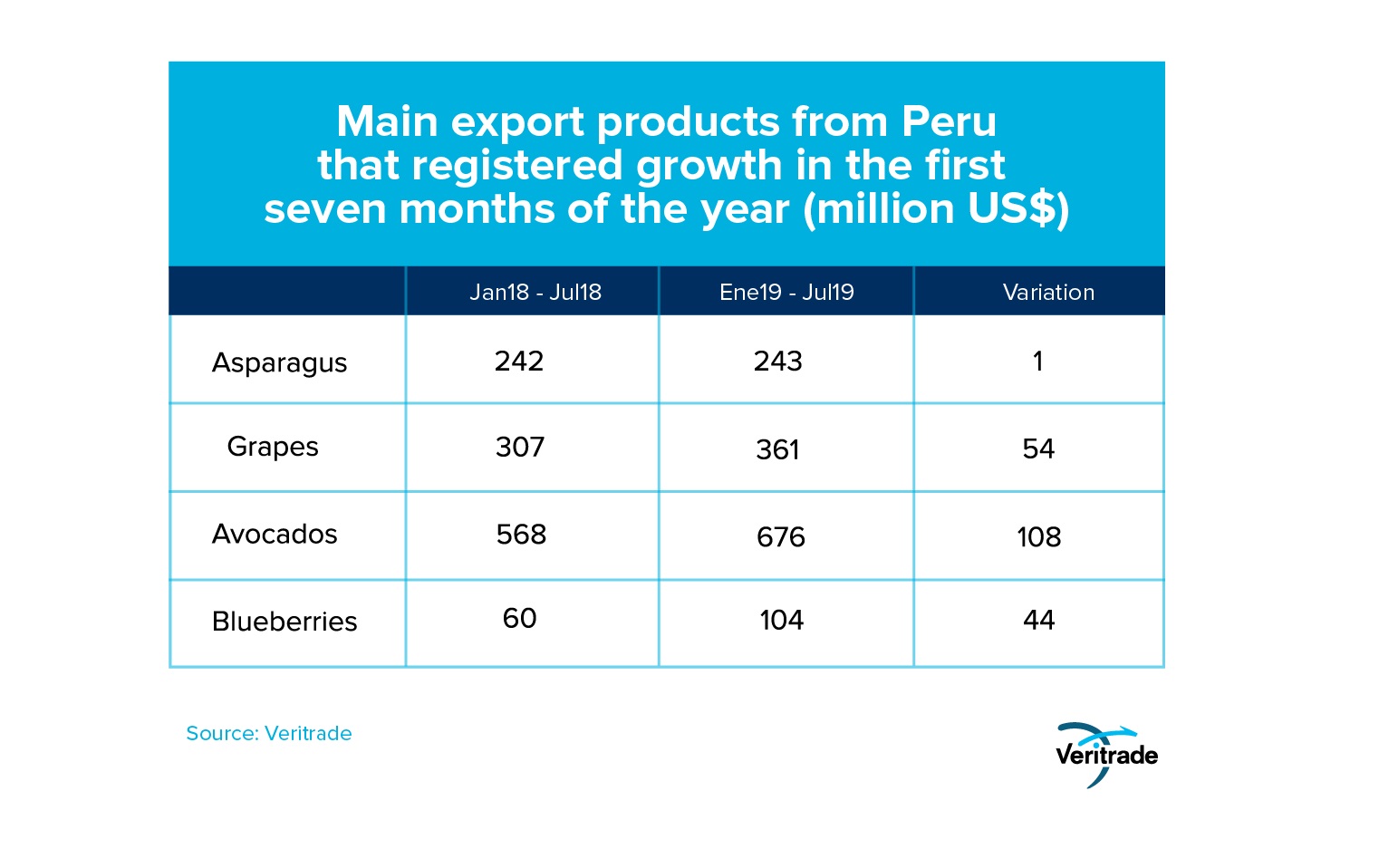
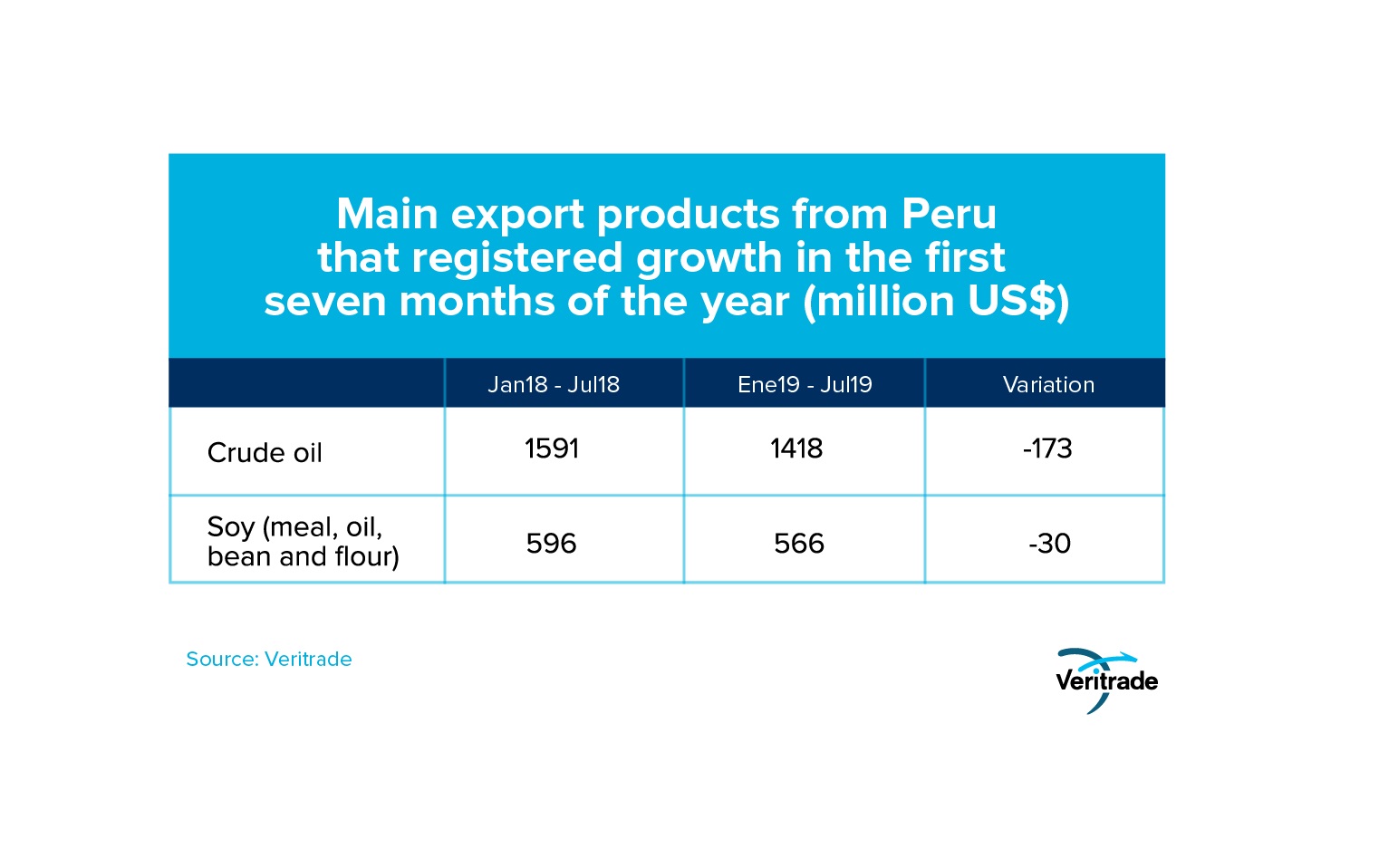
The previous dynamic has been driven by a demand for consumption that has not been affected by expectations, which have had an impact on the supply prospects of construction and industry. It is also important to highlight that non-traditional products have not yet matured in the international market and continue to make their way into new markets or reach more buyers, unlike raw materials, which are channeled in the industrial centers of the world.
In the following tables, the distribution of destinations of the products mentioned in the previous tables is observed.
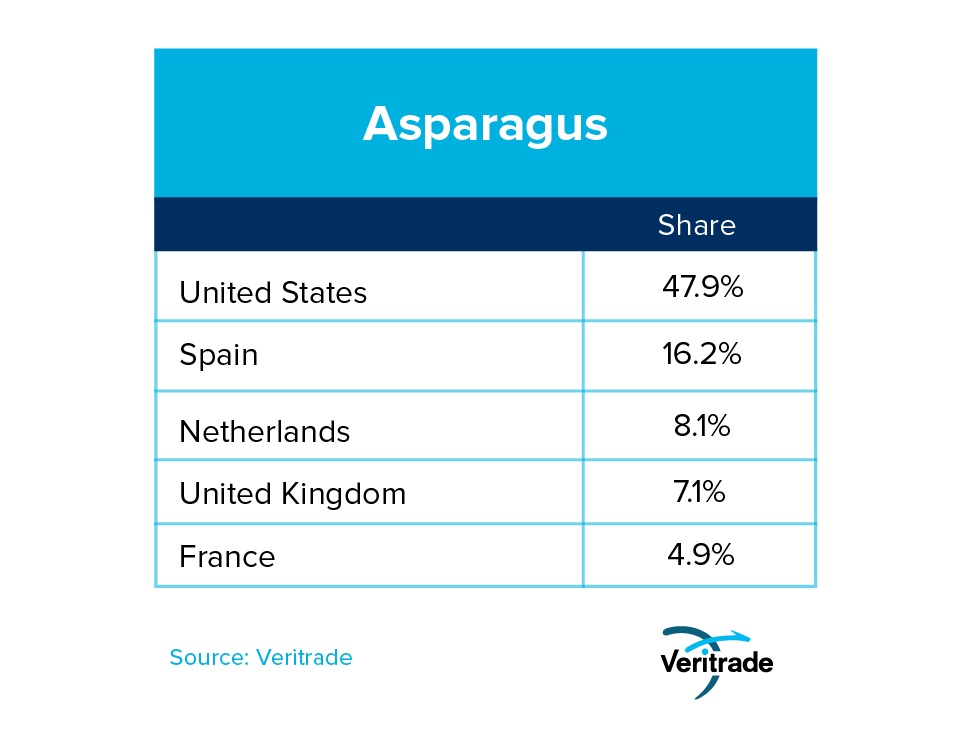
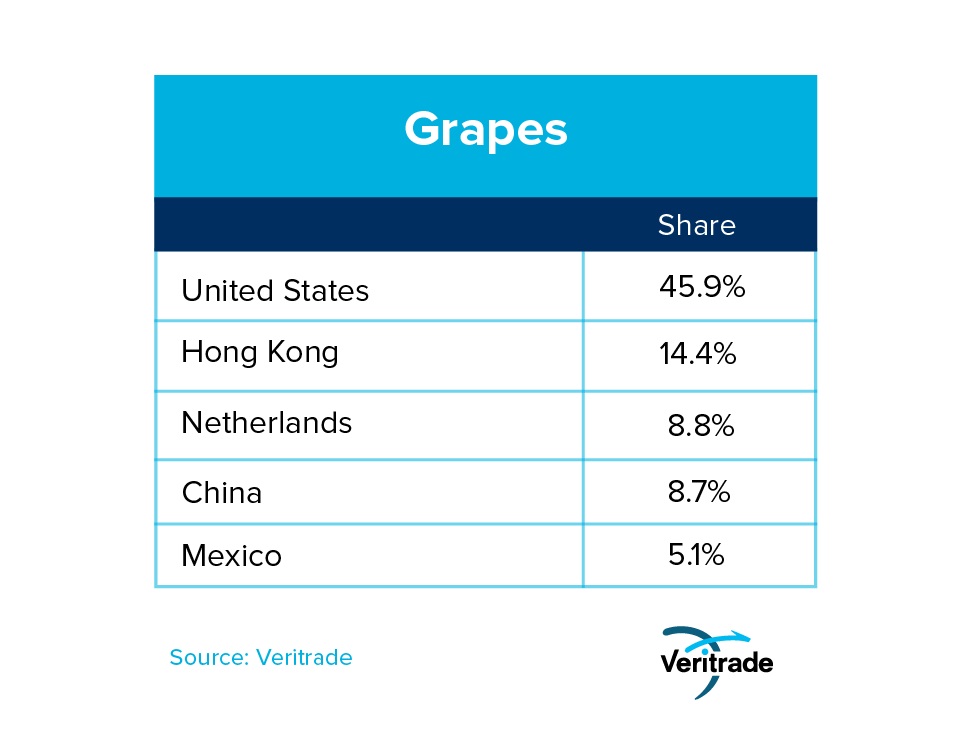
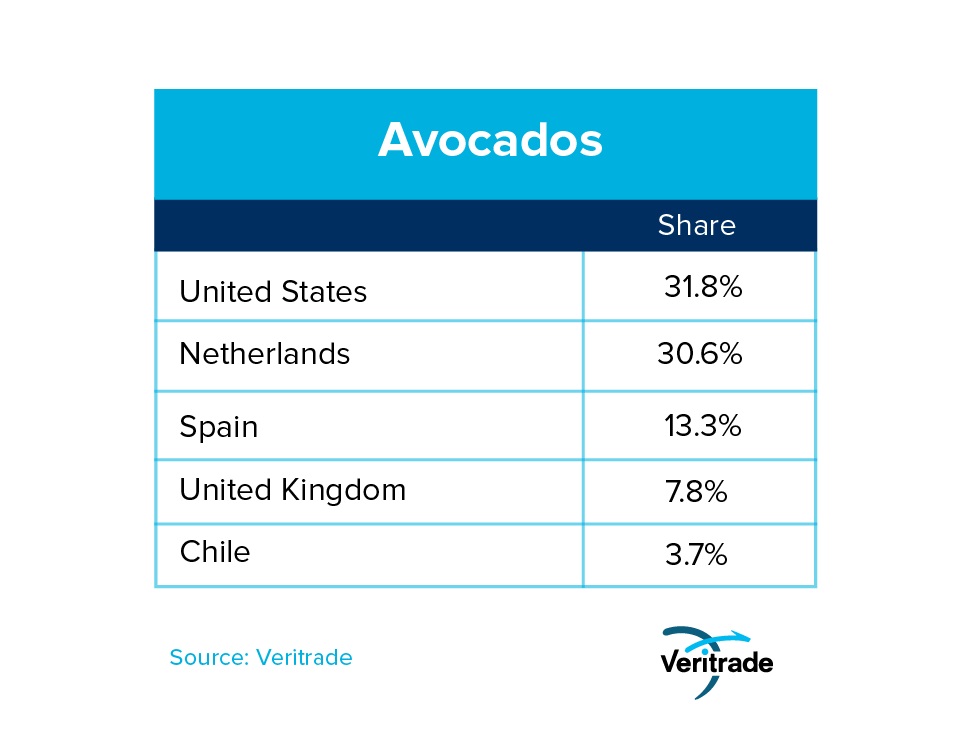
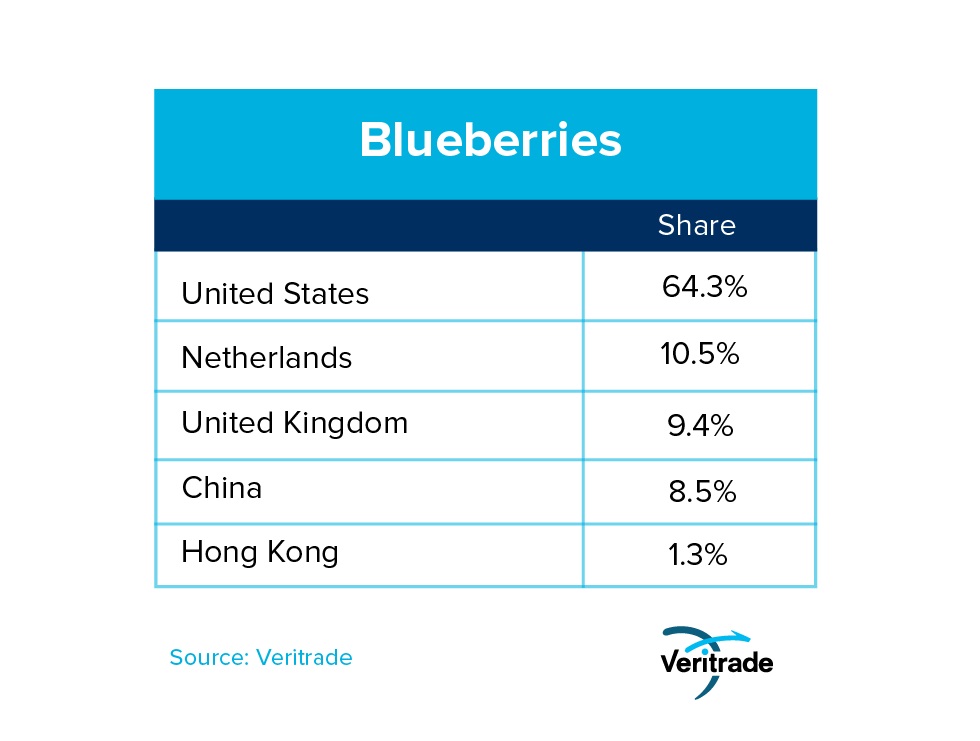
In parallel, oil prices were within a range of around US $ 10 lower than the first seven months of the previous year, so that the value of total crude oil imports was reduced. This happened before the recent escalation as a result of the crisis between Saudi Arabia and Iran, which could push the price up, although the excess supply globally due to the exploitation of shale deposits has put a brake on any bullish speculation.
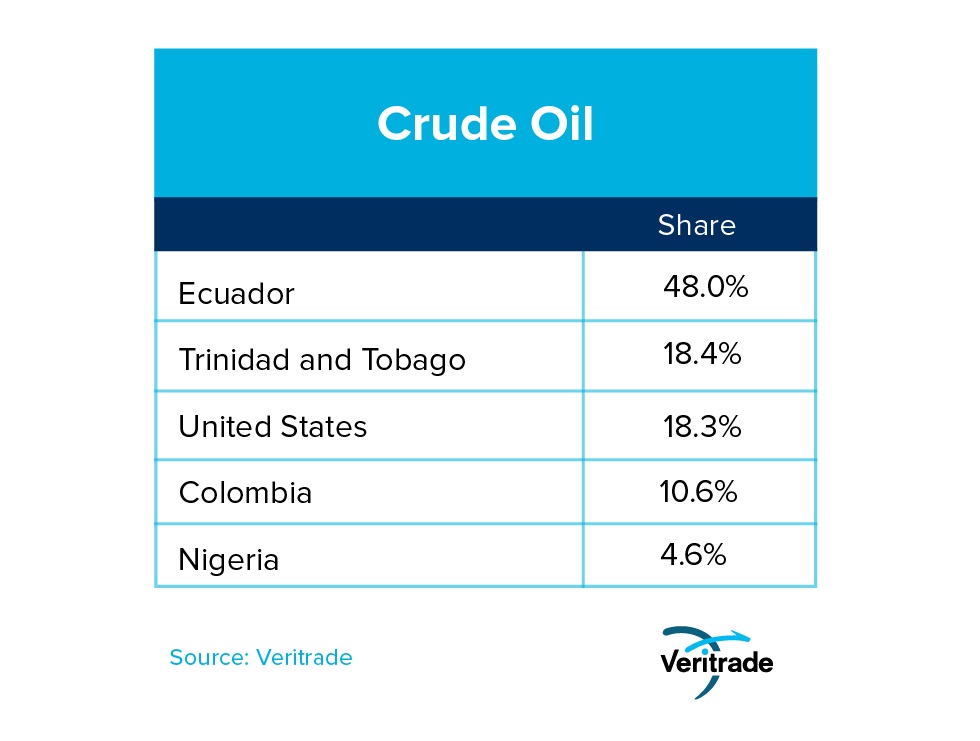
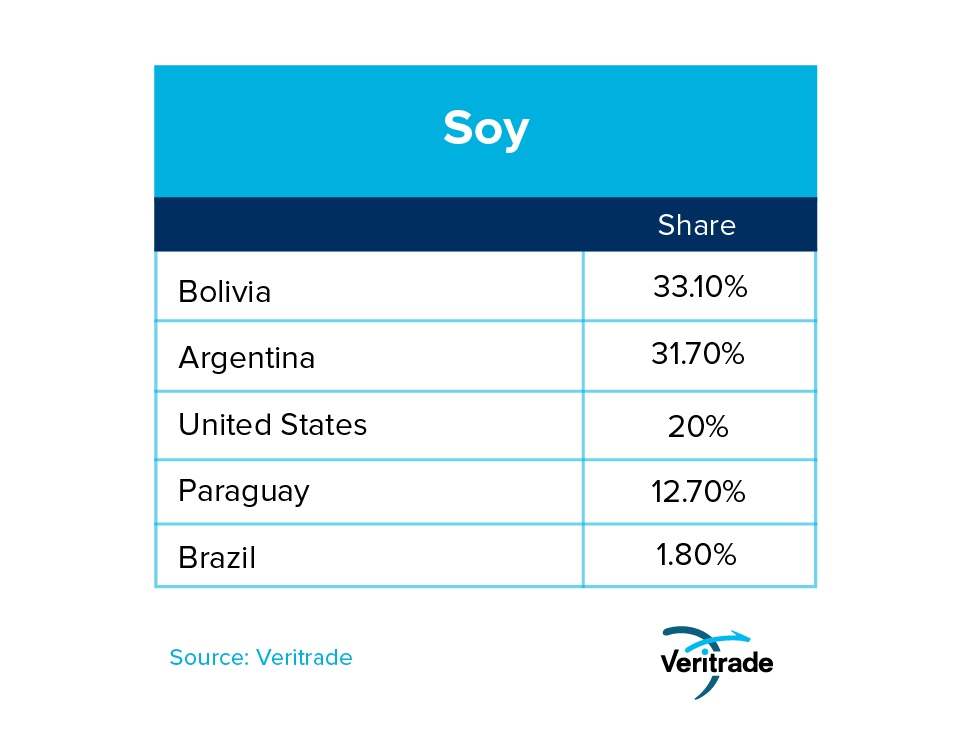
In this way, Peru's trade balance remained positive, with a surplus of US $ 2.9 billion. This figure is less than US $ 4,558 million in the January-July 2018 period, but it is still good news if you take into account that the income generated by copper and gold exports, the two main export products together with Petroleum and fuel derivatives decreased.
Forward, the country's challenge is to maintain the efficiency of the production of agro-industrial and other non-traditional products that allow diversifying the risk. However, it is important to note that minerals, hydrocarbons and fishmeal are still the most relevant products for Peru's exports, and the government should focus on doing whatever is necessary to facilitate the operations of the companies in charge of its extraction, processing and shipping to foreign markets, while parallel diversification continues to be promoted.
For more information about Peru's exports, you can enter the Veritrade portal.
Request your free trial by going to: https://bit.ly/2BaIK49